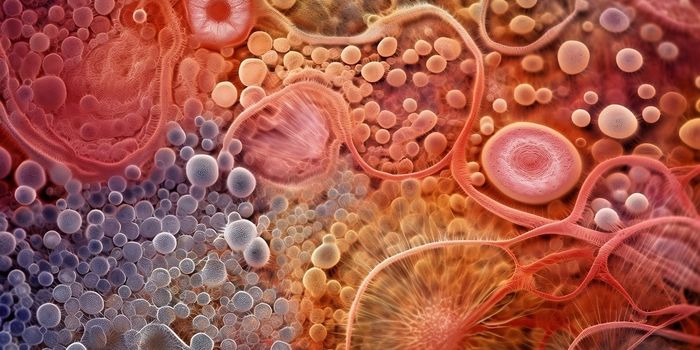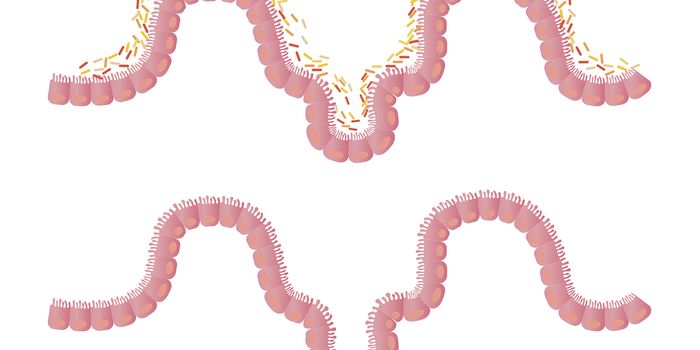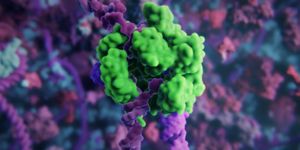Why Drugs that Work on Mice Don't Work on Humans
Mice are used as the frontline for drug testing for brain disorders. Why? Their brains are supposed to have much of the same functioning as ours. Moreover, their shorter lifespans and fast reproduction cycles mean that we can easily measure the lifetime and transgenerational effects of new drugs on them. However, drugs that work in mice do not always work on humans in the same way.
Neuropsychiatric drug development is “in the midst of a crisis”. This is because, for every 100 neuropsychiatric drugs tested in clinical trials for ailments from autism and depression to Alzheimer’s, only nine end up as approved medications, one of the lowest approval rates across disease categories. And this comes despite working on mice (Begley: 2019).
To understand why this is the case, a team of neuroscientists from the Allen Institute for Brain Science in Seattle used a new procedure, known as a single-nucleus RNA-sequencing analysis, to study the medial temporal gyrus, the area of the brain involved in language processing and deductive reasoning, in both humans and mice (Hodge: 2019).
Analyzing a total of eight brains either donated by deceased people or by epilepsy patients after brain surgery, the researchers worked through almost 16,000 cells to identify 75 different cell types. Although the data set they had from mice matched their human findings almost completely, they found that when they looked more closely at the genes that were switched on or off inside those cells, stark differences between human and mouse brains arose (Saplakoglu: 2019).
In particular, the research demonstrated large differences in neurotransmitter receptors between humans and mice, an area that has been very active in drug discovery. Although both species have these receptors, they’re expressed via different types of cell. This means that, although these neurotransmitters exist in both humans and mice, they have very different functions, putting serotonin-based drugs such as antidepressants including Prozac under even more scrutiny. After all, drugs such as this that tamper with serotonin levels in the brain likely work on different cells in mice than in humans.
Other significant differences between mice and human brains were found in genes coding for ion channels, which interconnect neurons by controlling the electrical potential across membranes (Lowe: 2019). Also an area that has undergone a lot of study for drug discovery for ailments including neuropathic pain and cardiovascular problems, this research further demonstrates why positive results in treatments for these conditions in mouse experiments may not have been translated over to humans.
According to co-senior author of the study, Christof Koch, these findings demonstrate one thing clearly: “If you want to cure human brain diseases, you have to understand the uniqueness of the human brain.” To this end, with the aid of new technological advancements capable of identifying certain cellular differences, the researchers hope to be able to better identify human disorders and distinguish how relevant mouse or monkey models for drug discovery will be before trials are conducted.
Sources
Begley, Sharon: Statnews
Hodge, Rebecca D. et al. : Nature
Saplakoglu, Yasemin: Live Science
Lowe, Derek: Science Translational Medicine
-
MAY 07, 2024Is It Anti-RNP or Anti-Sm/RNP?
- See More
-
APR 30, 2024Immuno-Oncology Virtual Event Series 2024
-
MAY 07, 20243rd International Biosecurity Virtual Symposium
-
MAY 23, 2024For the Love of Digital PCR 2024
- See More



















































